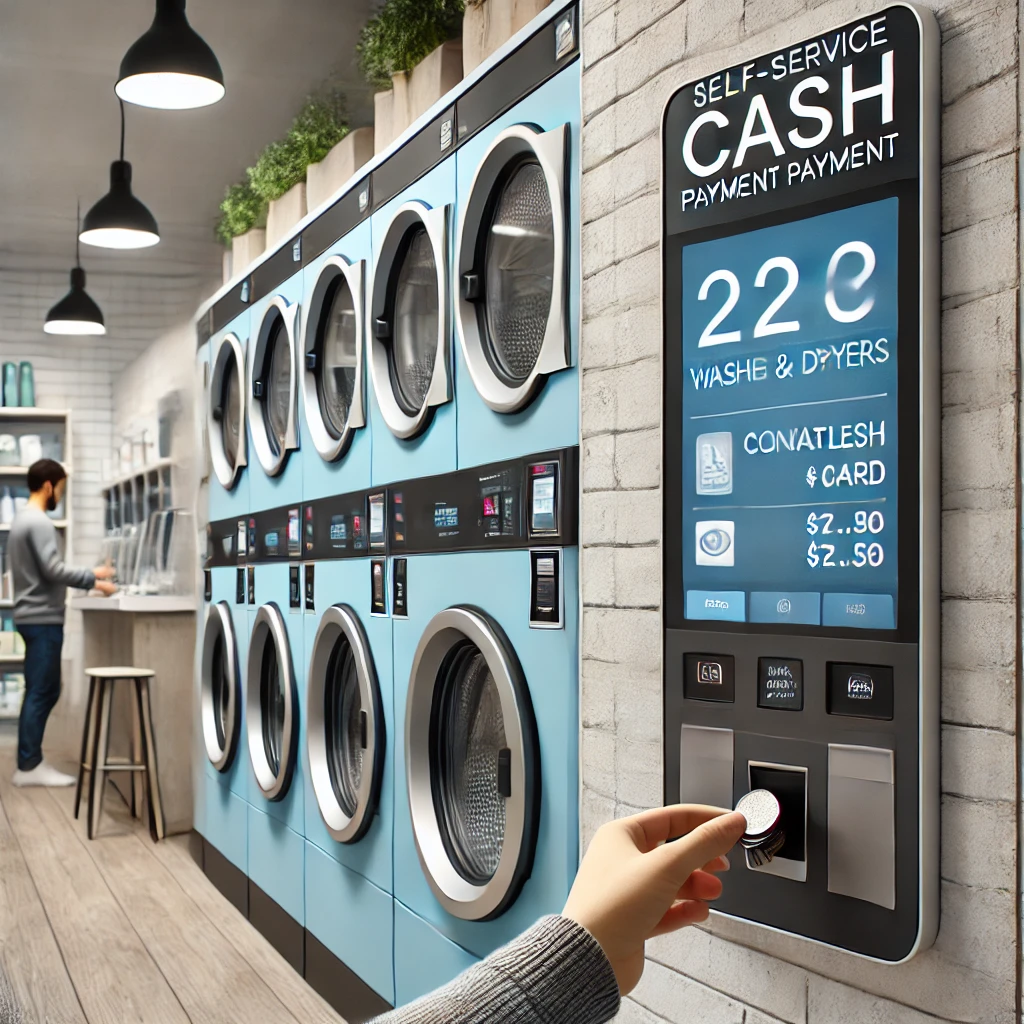Build a smart, scalable model with practical Laundry Room Management at the core
Starting a laundry business might seem simple—wash, dry, fold, repeat. But turning that into a reliable, profitable service takes more than detergent and a few machines. Success begins with a well-written business plan—and the heart of that plan is smart, scalable Laundry Room Management.
Whether you’re targeting short-stay accommodation, gyms, salons, or residential clients, your laundry business plan needs to prove one thing: you’ve got the systems in place to deliver consistent service and grow without breaking down.
Here’s how to write a clear, actionable business plan that positions your laundry service for long-term success.
Start With a Simple Executive Summary
Your executive summary sets the tone. It should give potential partners, banks, or stakeholders a clear picture of your business model in less than a page.
Include:
- Business name and location
- Type of laundry service (in-house, route-based, or drop-off)
- Target market (e.g. Airbnb hosts, aged care homes, salons)
- Service capacity (e.g. 200kg linen/day or 30 clients/week)
- Quick snapshot of goals: e.g. “Break even within 12 months, expand to second site in 2 years.”
A strong executive summary shows you’ve thought about scale—and that means understanding Laundry Room Management from day one.
Define Your Services and Operations
What exactly are you offering? Outline your services clearly so there’s no confusion. For example:
- Standard wash, dry, fold
- Linen supply and pickup
- Ironing or pressing
- Express or same-day turnaround
- Regular route service to commercial clients
Then map out how those services will be delivered. Will you operate from a home setup? A leased unit? Will you manage pickups yourself or use a third-party driver?
Your operations section should answer:
- How many machines do you need to meet client demand?
- How will you schedule and track jobs?
- What’s your turnaround time for commercial linen?
- How will you separate client orders to avoid mix-ups?
These are all decisions guided by your Laundry Room Management strategy. To dive deeper into route planning, load tracking, and multi-site operations, review this resource on Laundry Room Management.
Research the Market—and Know Your Niche
Too many business plans go broad: “We’ll serve everyone who needs laundry.” But generalist businesses struggle to grow. Focus instead on specific client groups that value reliability and are willing to pay for consistency.
Some niche ideas:
- Boutique hotels and Airbnbs
- Hairdressers and massage therapists
- Fitness studios and sports clubs
- Shared residential buildings or body corporates
Outline their laundry pain points—like constant towel turnover or inconsistent deliveries—and how your service solves them.
Also include competitor analysis:
- Who else offers similar services?
- How do your prices and turnaround compare?
- What can you offer that others don’t (e.g. no minimums, daily pickups, mobile app tracking)?
Detail Your Laundry Room Setup
This is where your internal systems come into play. Even a small laundry service must run like a production line to stay profitable. Outline your equipment, layout, and management structure clearly.
Equipment plan:
- How many washers/dryers?
- What capacity per load?
- Maintenance schedule?
- Backup machine plan?
Workflow:
- Intake → sorting → wash → dry → fold → pack → dispatch
- Separate dirty/clean zones
- Folding stations and labelling protocols
- Tracking software or manual logs
This section should demonstrate that you understand how to run a lean, reliable laundry operation. If you’re managing multiple client sites, outsourced pickups, or shared facilities, this is where your Laundry Room Management framework really shines.
You’ll find examples of these systems—especially in mobile and decentralised operations—in this deeper look at Laundry Room Management.
Build a Marketing Plan Based on Real Customer Behaviour
Your business plan isn’t just about machines and margins—it also needs a strategy to win clients.
Focus on local, practical marketing:
- Google Business Profile + local SEO
- Partnerships with Airbnbs or gyms
- Flyers in serviced apartments or fitness centres
- Referral discounts for recurring commercial clients
- Targeted Facebook and Instagram ads with before/after visuals
Also include your customer onboarding process:
- How do they book a service?
- What’s your response time?
- Will you offer a free trial or first-wash discount?
Demonstrating a clear path to acquiring and retaining clients shows you’re serious—and gives your business plan real weight.
Financial Forecasts: Keep It Realistic
Finally, get clear on costs and revenue. A home-based setup might have low overheads, but as you grow, so will your expenses.
Start-up costs may include:
- Machines and delivery vehicle
- Laundry room fit-out (plumbing, ventilation, shelving)
- Insurance and licensing
- Uniforms, bags, and supplies
- Marketing and website setup
Project your monthly income and expenses:
- Estimate loads per day/week
- Price per kilo or per service
- Staff wages (if hiring)
- Utilities (water, power, detergent)
- Maintenance and repairs
Factor in growth: How many new clients per month? What’s your client retention rate? When do you break even?
For guidance on benchmarking commercial laundry costs, see this Startup Smart cost breakdown that covers basic setup and operational costs in Australia.
Wrap-Up: A Business Plan That Works Begins With the Back End
The best laundry business plans aren’t just focused on the front desk—they’re built on what happens behind the scenes. From how linen is sorted and tagged to how deliveries are scheduled and tracked, your success will hinge on how well your laundry room runs.
Build your business plan around scalable, reliable Laundry Room Management, and you’ll position yourself to serve more clients, handle larger loads, and grow without losing quality.
Get the structure right from the start—and let your systems do the heavy lifting.

